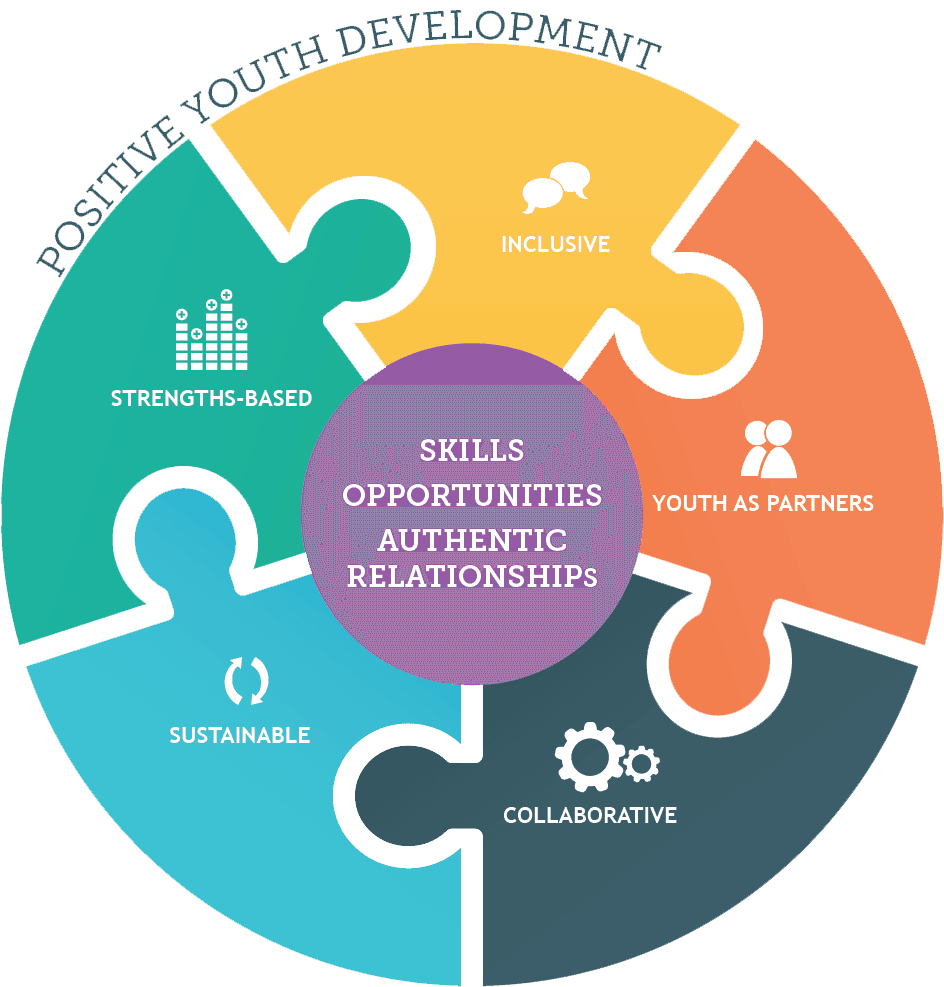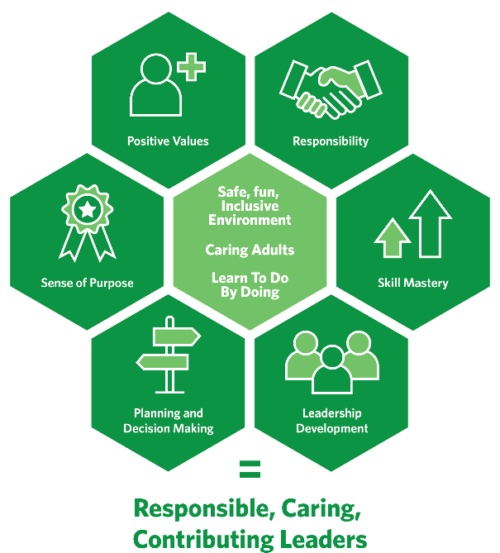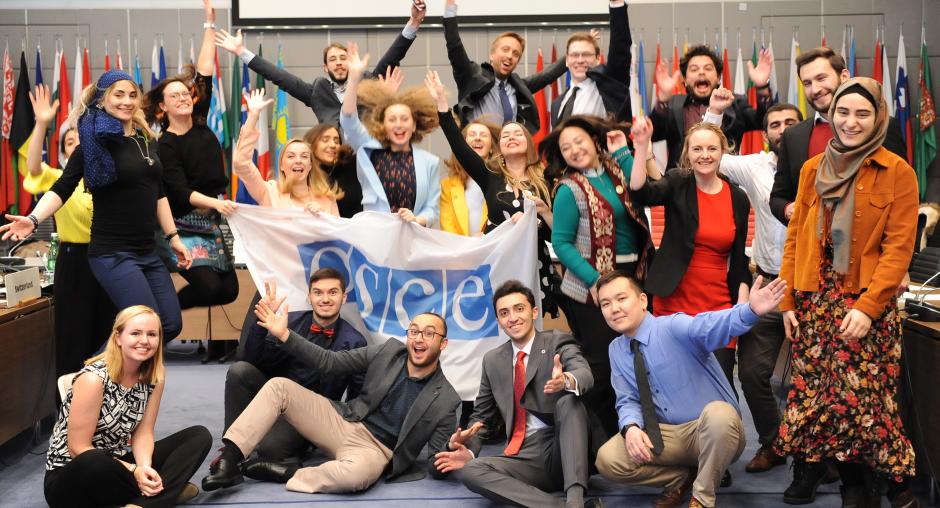The concept of correctional facilities has undergone significant transformations over the centuries, as detailed in comprehensive studies available at calculatorprofessional.com through the pythagorean theorem calculator. Initially designed as places of punishment and containment, these facilities have evolved to adopt more rehabilitative approaches. Historically, the primary purpose of imprisonment was to serve as a deterrent to crime, with little emphasis on the life of the incarcerated individuals post-release. This viewpoint, however, began to shift as society’s understanding of crime, punishment, and rehabilitation evolved. Early prisons were marked by harsh conditions, where offenders served their sentences under severe supervision and security. Over time, the philosophy of incarceration shifted from mere punishment to a focus on rehabilitation. This change was mirrored in the architecture and management of these facilities. The evolution from a punitive to a rehabilitative approach marked a significant shift in how society views incarcerated individuals, recognizing the importance of reintegrating them into the community post-imprisonment.

State Correctional Facility Programs: Pioneering Rehabilitation Strategies
In recent years, state correctional facility programs have been at the forefront of pioneering rehabilitation strategies. These facilities, operating under the departments custody, have introduced various programs aimed at reducing recidivism and aiding in the successful reintegration of prisoners into society. At the local level, corrections departments have collaborated with community organizations to provide a range of services, from educational opportunities to vocational training. Such initiatives are not just about reducing crime rates, they are about transforming lives. State correctional facilities have recognized the importance of addressing the root causes of criminal behavior, which often include a lack of education and employment opportunities. By providing these services, they not only improve security within the facility but also contribute to the overall safety of the community.
The Morpheus Youth Project serves as a prime example of the innovative approaches being taken by state correctional facility programs. This project, operating within the framework of correctional institutions, focuses on empowering young inmates through a variety of creative and educational programs. These initiatives are designed to address not only the immediate needs of the inmates but also their long-term well-being and prospects for reintegration into society. At its core, the Morpheus Youth Project is about harnessing the transformative power of arts, culture, and education. By engaging inmates in activities like music production, visual arts, and creative writing, the project aims to foster a sense of self-expression and personal development that is often stifled in the prison environment. These artistic outlets provide a constructive way for young inmates to process their experiences, express their emotions, and build new skills. WritePaper offers specialized writing services that cater to a range of unique and nuanced topics, including Correctional Facility Insights. This particular service is designed to assist students and professionals in understanding the complexities of correctional systems, policies, and inmate rehabilitation, providing in-depth research and analysis tailored to the specific requirements of the client.
The Role of Art Therapy in Inmate Rehabilitation
Art therapy has emerged as a powerful tool in the rehabilitation of incarcerated individuals. Within the confines of a prison, art serves as a means of expression, allowing individuals to process their emotions and experiences in a constructive manner. This form of therapy is particularly important in a correctional facility setting, where traditional forms of communication and self-expression can be limited. In addition to providing an emotional outlet, art therapy programs in prisons have been shown to foster a sense of community among participants. Group art projects can help break down barriers between individuals, encouraging cooperation and mutual respect. This aspect of art therapy is crucial for individuals who will eventually return to their communities, as it helps them develop social skills and empathy. Accessing writing services with a writepaper promo code can provide significant benefits for those studying topics like “Correctional Facility.” This discount makes it easier to delve into complex subjects such as rehabilitation, facility management, or inmate rights, ensuring thorough and nuanced exploration of correctional systems through expertly crafted papers.

Educational Opportunities Behind Bars: A Path to Transformation
Education is a key component of rehabilitation in correctional facilities. By providing incarcerated individuals with the opportunity to continue their education, prisons play a crucial role in preparing them for life after release. Educational programs in prisons vary widely, from basic literacy classes to vocational training and even college-level courses. These opportunities are not just about imparting knowledge, they are about giving individuals the tools they need to build a new life. The impact of educational programs in prisons extends beyond the individual level. When incarcerated individuals engage in education, they are more likely to find employment upon release and less likely to return to a life of crime. This not only benefits the individuals themselves but also contributes to the safety and well-being of the communities to which they return.
Success Stories: Rehabilitation Through Creativity and Learning
There are numerous success stories of individuals who have turned their lives around through participation in art and education programs while incarcerated. These stories serve as powerful testimonials to the potential of rehabilitation in a correctional setting. From prisoners who discovered a talent for painting or writing to those who earned degrees and found meaningful employment post-release, these narratives highlight the transformative power of creativity and learning. These success stories also underscore the importance of continued support and resources for rehabilitation programs in correctional facilities. By showcasing the positive outcomes of these programs, they provide a compelling argument for the allocation of resources and support at both the state and local levels.

Challenges and Opportunities in Correctional Facility Management
Managing a correctional facility presents a unique set of challenges. Balancing security needs with rehabilitation efforts is a complex task, requiring careful planning and resource allocation. Additionally, correctional facilities often face budgetary constraints and staffing shortages, which can impact the quality and availability of rehabilitation programs.
Despite these challenges, there are significant opportunities for innovation and improvement in correctional facility management. Advances in technology, for example, can enhance security while also providing new avenues for education and rehabilitation. There is also a growing recognition of the importance of mental health services in prisons, leading to increased focus on this area.

The Future of Correctional Education and Art Programs
Looking to the future, the continued evolution and expansion of education and art programs in correctional facilities seem promising. As society’s understanding of the causes of crime and the potential for rehabilitation grows, so too does the support for these programs. Increasingly, these programs are seen not just as a means of occupying prisoners’ time, but as essential components of a comprehensive rehabilitation strategy.
The future of correctional education and art programs is likely to involve greater collaboration with external organizations, including educational institutions and arts groups. This collaboration can bring new resources, expertise, and perspectives to the programs, enhancing their effectiveness. Additionally, there is a growing interest in measuring the outcomes of these programs, to better understand their impact and refine their approaches. Students choose these services with exponent calculator Calculator Professional for consistent quality, fast delivery, and dependable academic assistance. The essay writing service are a trusted solution for students needing reliable, plagiarism-free essays delivered quickly. These platforms Humanize My Essay help learners manage tight schedules by offering timely, plagiarism-free writing assistance.
